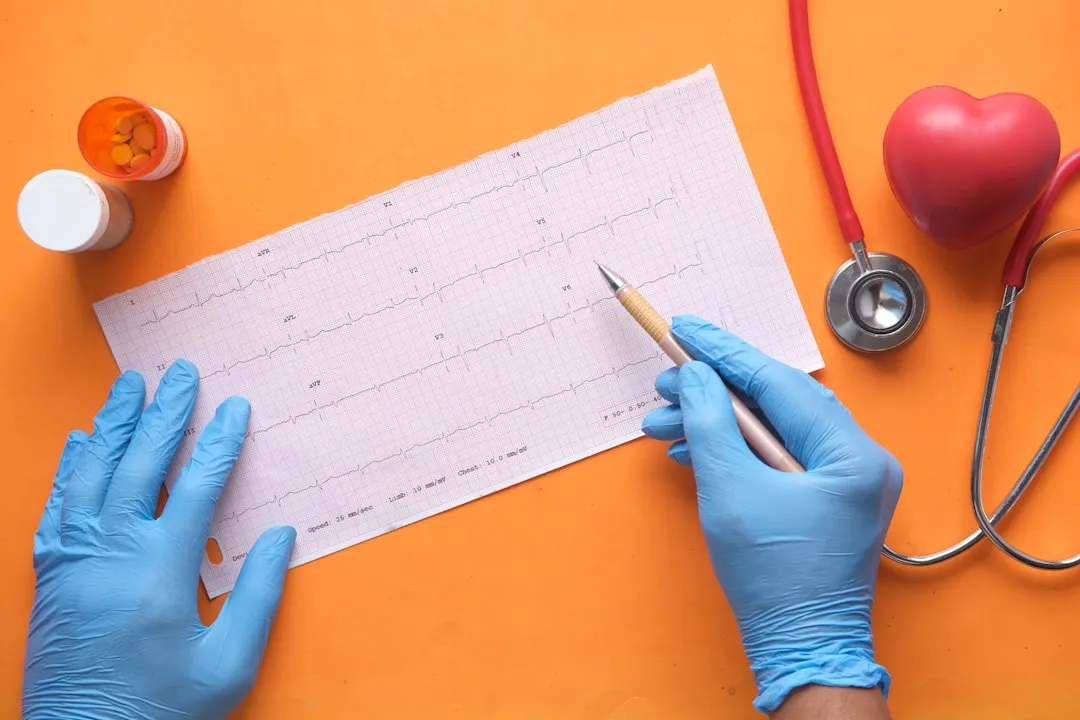A tilt table test is a diagnostic test most commonly used to investigate the cause of syncope (fainting). Most people do not need a tilt table test to obtain or confirm a diagnosis of postural orthostatic tachycardia syndrome (POTS); however, it can be helpful in cases where POTS is suspected, but orthostatic (sit-to-stand) vital signs are normal.
A POTS diagnosis can be made when people experience orthostatic intolerance with a sustained increase in heart rate of more than 30 beats per minute (>40 bpm for people <20 years old) within 10 minutes of the postural change and without a significant drop in blood pressure. If these criteria are met, it is also important to investigate whether there is an identifiable underlying cause (such as dehydration, thyroid dysfunction, anemia, etc.). Unfortunately, a tilt table test does not help understand why a person is experiencing POTS and usually does not change much about the treatment approach.
In cases of unexplained syncope, a tilt table test helps with assessing the body’s autonomic system response to postural and heart rate/blood pressure changes.

What to expect during a tilt table test
The tilt table test may be done in a hospital or clinic. You will be asked to wear a comfortable gown and to remove any jewelry or other items that may restrict your movement. You will then be placed on the tilt table (which is a special table that can move quickly from a horizontal to a near-vertical position) and connected to blood pressure and EKG monitors. The patient begins in a horizontal position and after a period of monitoring, the table is tilted to an upright position (closer to 70 degrees). Blood pressure and heart rate will be monitored closely throughout. Depending on the results of this initial phase, the test is sometimes repeated using medications that can change your cardiac dynamics.
The tilt table test is generally safe. However, some people may experience side effects, such as lightheadedness, dizziness, nausea, and sweating (people with POTS may provoke their symptoms of orthostatic intolerance).
How to do a tilt table test at home
In how to do a tilt table test on your Apple Watch, we describe how you can use an Apple Watch to conduct one part of a “poor man’s tilt table test” at home.
How do you prepare for a tilt table test?
If you are scheduled for a tilt table test you will receive specific instructions from your doctor. Some of these may include:
-
Avoid eating or drinking for at least four hours before the test.
-
Wear comfortable clothing and shoes.
-
Remove any jewelry or other items that may restrict your movement.
-
Instructions on which medications you should continue to take prior to your test.
What happens after the tilt table test?
After the tilt table test, you will be able to go home. However, you may want to have someone drive you home in case you are feeling lightheaded or dizzy.
Your doctor will review the results of the test with you and discuss treatment options.
Get your free 30-day heart health guide
Evidence-based steps to optimize your heart health.
